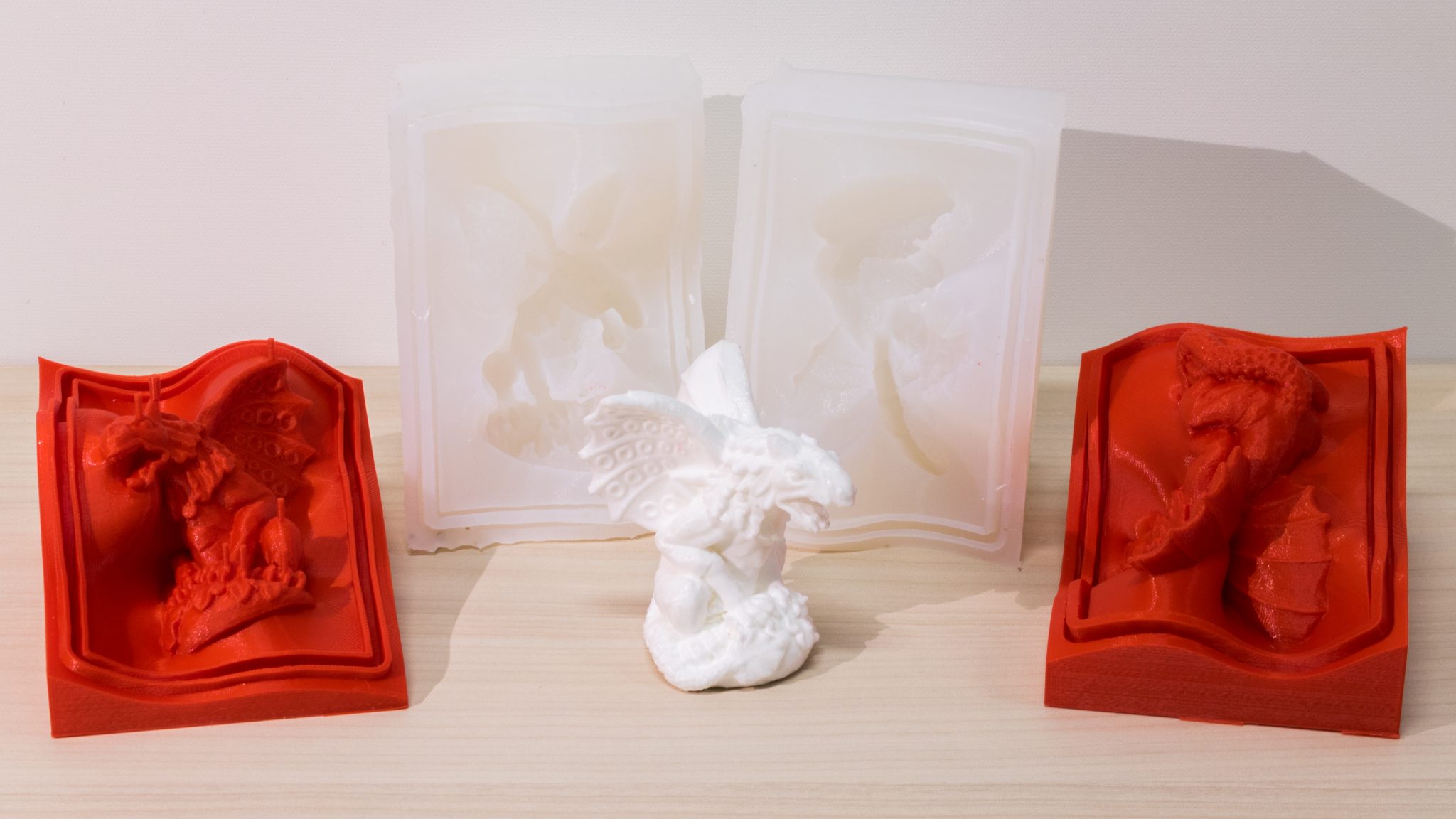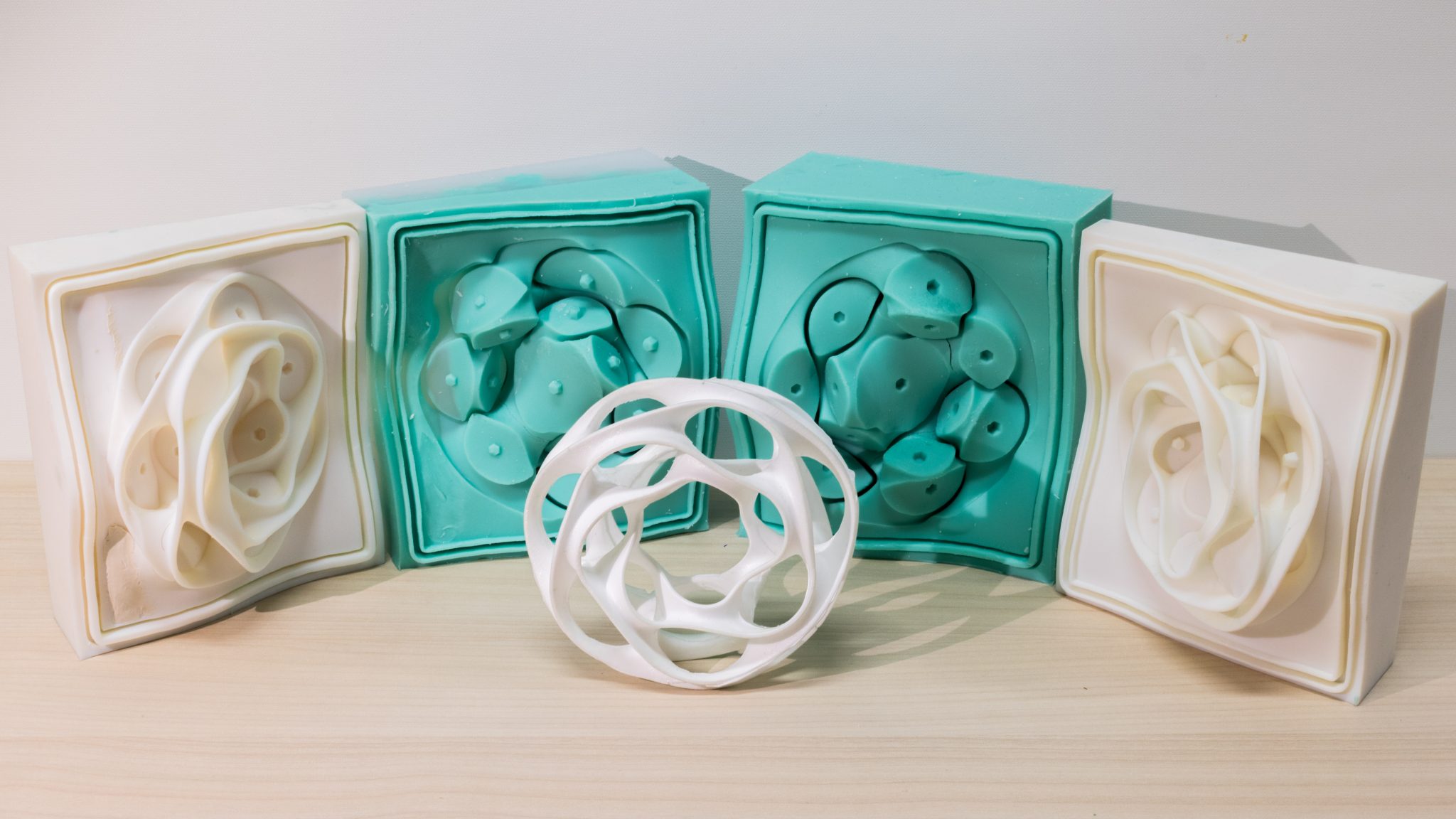Researchers at the Institute of Science and Technology Austria & the Institute of Science and Information Technology in Italy have developed a new tool for creating 3D printed molds.
The tool automatically finds the best method to design silicone molds, and delivers the templates for what the team are calling ‘metamolds’.
Bernd Bickel, heading the Computer Graphics and Digital Fabrication group at IST Austria, stated “Until now, silicone molding of complex shapes was a craft that needed years of experience and a skillful hand. You needed to know where to place the cuts ideally, and the work was done manually. Our new tool makes this method accessible for everyone.”

Improving 3D printed mold making
Extracting the object from a mold generally requires separating the mold pieces without them getting caught on parts from the object. Molds are designed as a manifold mesh, which is a mesh where all triangles are properly and consistently oriented. Any errors in the mesh can lead to problems in a print mold. However the metamolds are made with computational design, a design process that is more automated in order to achieve faster, more accurate results.
With the new tool, the user simply uploads the desired shape to the computer and the tool then calculates where the optimal place for cuts to be placed. This tool minimizes number of mold pieces to be used, and allows the object to be safely removed once the mold is complete. This results in fast, accurate mold creation, saving the user time and money when making their mold.
IST Austria has previously worked on 3D printed nanostructures that can mimic natural colors. It has also created software for redesigning functional mechanical objects for 3D printing.
Scientists believe this tool will be useful for small series production, such as in jewelry design or art.
Thomas Alderighi, member of the Institute of Science and Information Technology stated “When you are not producing millions of copies, this is the method of choice.”

Using 3D printed molds
Several other companies have also begun using computational design to create digital meshes. Design studio, Nervous System, recently began experimenting with computational design to create self-forming, 3D printed fabric.
In a study at Carnegie Mellon University, researchers used computational design to 3D print search & rescue robots for difficult to access crevasses. Similarly, researchers at ETH Zurich, used computational designed 3D printed sand molds to experiment with architectural design.
For more 3D printing in construction news subscribe to the 3D Printing Industry newsletter, like us on Facebook and follow us on Twitter.
Search and post on 3D Printing Jobs to find new design opportunities and talent.
Featured image show angel made with metamold. Image via the Institute of Science and Information Technology in Italy.

